Africans are no strangers to trains. In fact, they’ve been riding on trains since the late 19th century – more than a hundred years before the Trans-Siberian Railway opened in Russia in 1916! That’s right: Africa has been crisscrossed by railroads for over a century now. And yet many people have never heard about them. So why don’t we know about these railways and what makes them different from those found elsewhere on Earth? Read on as we explore this fascinating topic…
The history of African railroads is longer than you might think and has some interesting twists!
The first Europeans to cross Africa by train were missionaries. In 1878, two French priests built a narrow-gauge railway line through the French Congo (now called Republic of Congo) from Brazzaville to Pointe Noire, where they hoped to establish a mission station. The line was never completed because the priests found that they were unable to keep up with maintenance costs or pay their workers; it was abandoned after just three years in operation.
Meanwhile, British interest in building railways across Africa began when Cecil Rhodes became prime minister of Cape Colony in 1890. He saw the potential for connecting different parts of his vast territory using trains–but only after several failed attempts did he finally succeed at making this happen with his Cape Town-Pretoria line (later known as Table Bay Railway). However successful this venture was though, it didn’t really spur much further development until 1908 when King Leopold II announced plans for what became known later as Trans-African Railway (TAR). This ambitious project aimed at linking all parts together under one system but proved too difficult due its enormous scale – costing over $100 million USD per mile just for construction alone!
The first Europeans to cross Africa by train were British missionaries.
The first Europeans to cross Africa by train were British missionaries, who in 1879 rode a steam engine from Cape Town to Cairo. The journey took three months and required stops at Kimberley (South Africa), Bloemfontein (South Africa) and Pretoria (South Africa).
The journey started on January 1st 1880 when the train left Cape Town station for its first stop at Kimberley Station. From there it continued north through Bloemfontein Station and then onto Pretoria Station before heading back south again towards Johannesburg Station where it arrived late on December 30th 1880 after passing through Krugersdorp Station twice during its journey across South Africa.
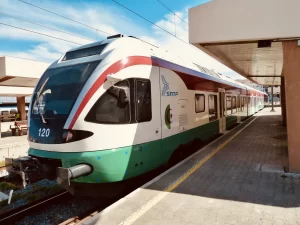
“Gare de l’Agha” (Central Station Algiers) in Algeria: train to the airport (Photo from Azzedine Rouichi/Unsplash)
When the British arrived on the scene, it took them a while to realize that they needed to use railways in Africa.
When the British arrived on the scene, it took them a while to realize that they needed to use railways in Africa. The country was focused on other things–like building ports and roads–and there were concerns about cost. In fact, many people were not convinced that railroads would pay for themselves or offer any benefits over road travel.
As far as we know, this is still true today: many companies are reluctant to invest in new technologies because they are worried about losing money on them.
Railways have been used to connect different parts of the continent since the 1880s.
Railways have been used to connect different parts of the continent since the 1880s. The first railways were built in order to connect colonial capitals, but as time went on and technology improved, larger-scale projects became possible. This made it easier for countries to share resources and information, as well as enabling them to trade with one another more easily.
Although it seems crazy now that anyone would spend so much money building something like this when they could’ve invested instead into roads or sea routes—or even just spent all their money on themselves instead—it actually makes sense when you consider how expensive and time-consuming getting materials out there was back then.
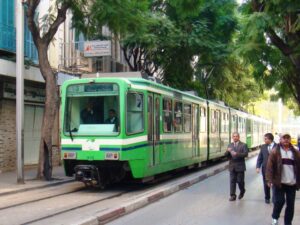
This above ground rail system operates in the tunis metropolitan Area. (Photo from Wikimedia)
Because railways are expensive and time-consuming to build, they have often been seen as a luxury, not a necessity.
The railway industry is very competitive and political. It has a long history in Africa, but railways were not always seen as necessary: there are many different kinds of railroads in Africa today–some run on diesel fuel while others use electricity or steam power; some are privately owned while others belong to government agencies like the state-owned Kenya Railways Corporation (KRC). While many people think of trains when they hear about “railroad systems” or “railways,” it’s important to remember that there are also tramways (streetcars), monorails (single-track vehicles), funiculars (cable cars), aerial tramways (elevated cable cars), trolleys/trams/light rail transit systems.
Railway building often started with the idea of linking colonial capitals
For many years, the only way to move from one part of Africa to another was by ship or overland.
The ships were slow and expensive and many people died from disease on board. The overland journeys were dangerous because of bandits and wild animals. Overland transport were slow and unreliable because they could not carry much weight across long distances, so traders often had to travel back and forth multiple times before their goods reached their destination
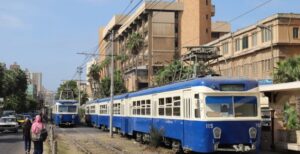
Raml Tramway is the oldest tram in Africa (From Urban Transport Magazine).
The Trans-Sahara Railway is sometimes called Africa’s first major railway line.
The project was first proposed in 1870s by French colonialists – but it wasn’t as successful as they hoped it would be.
.

(Patricia Lindrio/Global Press Journal)
KEY MILESTONES IN THE EVOLUTION OF AFRICAN RAILWAYS
-
Early Colonial Railways (late 19th century):
- The first railways in Africa were built during the late 19th century, primarily by European colonial powers. These railways were constructed to facilitate the extraction of Africa’s natural resources, such as minerals and agricultural products.
- The first railway in Africa was the Alexandria-Cairo line in Egypt, completed in 1856.
- Other early railways included the Cape Town-Port Elizabeth line in South Africa (completed in 1876) and the Dakar-Saint-Louis line in Senegal (completed in 1885).
-
Expansion during Colonial Rule:
- European colonial powers expanded railway networks throughout Africa during their rule. These railways were instrumental in the transportation of goods, including minerals, timber, and agricultural products, to coastal ports.
- Notable examples include the Benguela Railway in Angola, the Sudan Railways, and the Kenya-Uganda Railway.
-
Post-Independence Development:
- Many African countries gained independence in the mid-20th century and took control of their railway systems.
- Investment in rail infrastructure continued, with a focus on improving transport connections within countries and across borders.
- Some countries, like South Africa and Egypt, developed extensive and modern railway networks.

SHAPING THE FUTURE
Challenges and Decline
-
- In the late 20th century and early 21st century, African railways faced numerous challenges, including underinvestment, mismanagement, and maintenance issues.
- Political instability and conflicts in some regions disrupted rail operations and infrastructure.
- The rise of road transportation and neglect of railways led to a decline in their significance in some areas.
Modernization and Revival:
-
- In recent years, there has been a renewed focus on the development and modernization of African railways.
- Major infrastructure projects have been launched in countries like Ethiopia (Addis Ababa-Djibouti Railway) and Nigeria (Lagos-Kano Railway) to improve transportation and trade links.
- Regional cooperation and the African Union’s Agenda 2063 aim to enhance railway connectivity across the continent.
Investment and Foreign Partnerships
-
- Many African countries are seeking foreign investment and partnerships to upgrade and expand their railway networks.
- Chinese companies, in particular, have been involved in financing and constructing railway projects in various African countries.
Sustainable and High-Speed Rail
-
- There is growing interest in developing sustainable and high-speed rail networks in Africa to facilitate rapid passenger and freight transportation.
The evolution of African railways reflects the continent’s historical, economic, and political developments. While challenges persist, there is a renewed commitment to modernize and expand rail infrastructure to support economic growth and regional integration. The future of African railways holds promise as governments and international partners invest in this vital transportation sector.
The story of African railways is a fascinating one, and it’s clear that there’s a lot more to be discovered about this topic. In fact, there are still many unanswered questions about how these trains came into being and what impact they had on their societies. If you have any thoughts or ideas about the history of African railroads (or any other part of world history!), please share them with us in the comments below!
Images Sources: Featured Image from Canva
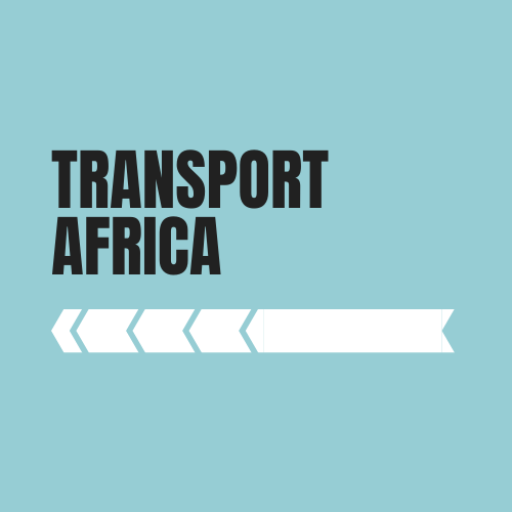
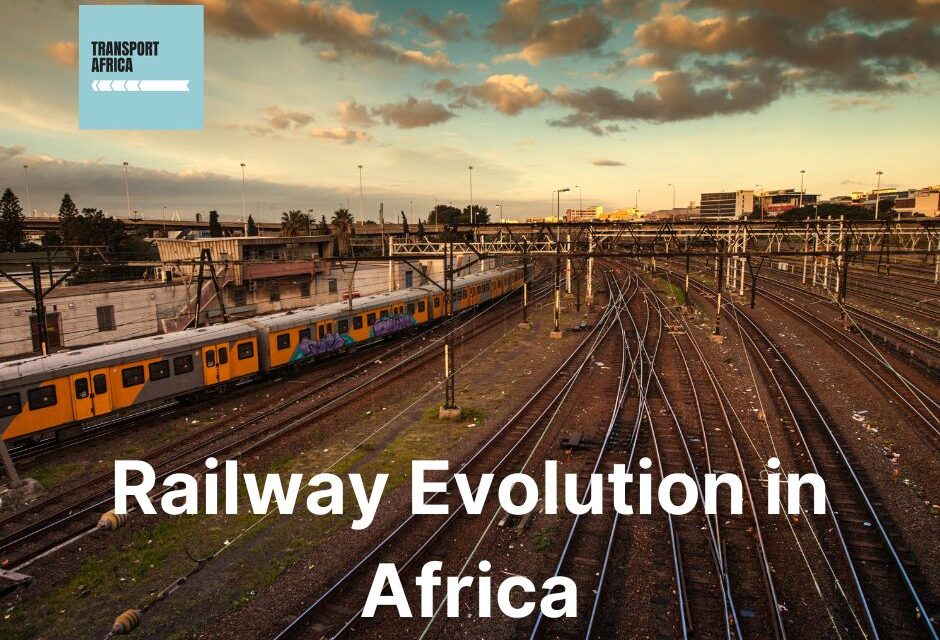
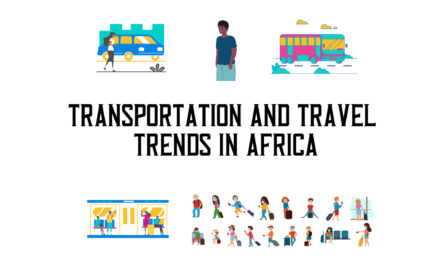
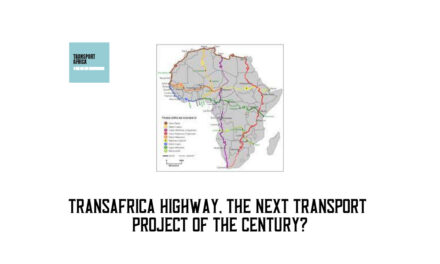

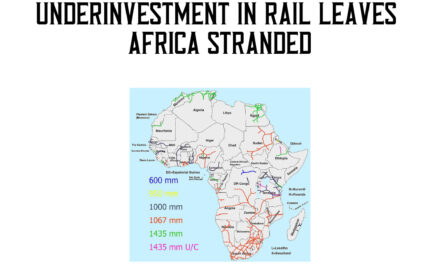
Thanks for another fantastic article. Where else may anyone get that type of information in such a perfect manner of…